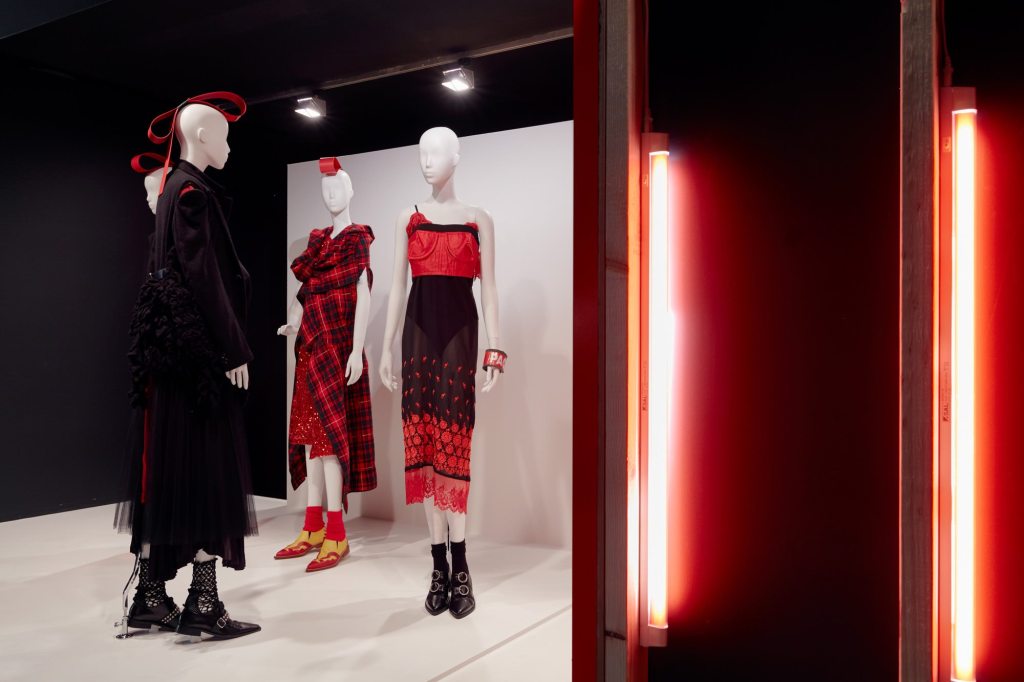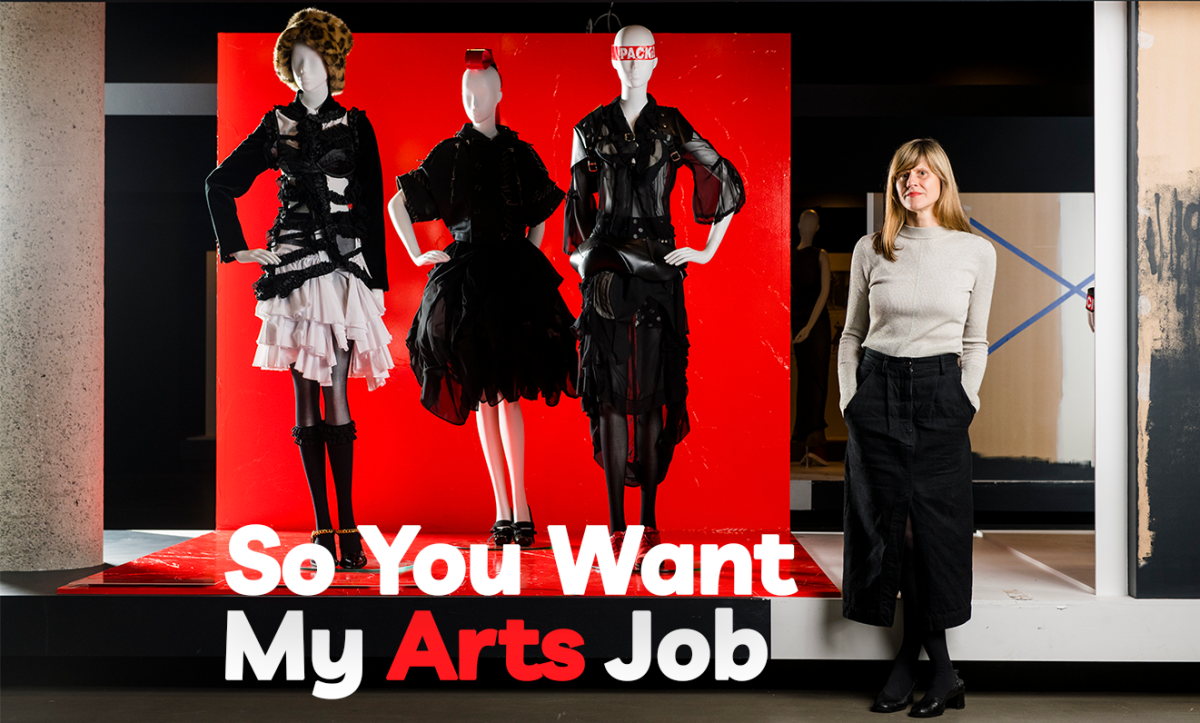Uncovering the alluring misconception of attending front row fashion runways, NGV’s Curator of Fashion and Textiles Danielle Whitfield share the real bedazzle in her career, which ranges from hands-on (though not try-on) experiences of century-old historic gowns to bringing an exhibition to life with an exceptionally diverse team.
Seeing fashion as part of culture both past and present, Whitfield invents creative ways to communicate a medium that is so familiar to us, but one that also captures awe and wonder at the same time.
Committing nearly two decades of a fulfilling career at the National Gallery of Victoria (NGV), Whitfield has curated numerous exceptional shows and spoke and published widely on the history of Australian and international fashion. Her most recent projects include Collecting Comme (2019) and The Krystyna Campbell-Pretty Fashion Gift (2019) and contributions to NGV Triennial (2020).
Her involvement in the co-presentation of Palais Galliera’s Gabrielle Chanel. Fashion Manifesto exhibition – landing at the NGV with it’s international debut in December 2021 – will be a summer hit worth the anticipation.
Whitfield speaks on the dynamics of her day-to-day role and why late twentieth century fashion holds a special place in her heart.
How would you describe what you do?
Big picture, I would say storytelling. Curating is about ideas and objects and interpretation. My role is to build the NGV’s Fashion and Textiles Collection through strategic acquisitions, and to then use that collection to produce inspiring exhibitions that explore and communicate the significance of these artworks through a creative lens.
Of course, day to day the reality is I do a bit of everything! From cataloguing artworks, to sourcing the perfect mannequin, to research and writing, project planning, talks and lectures. On more interesting days, my work might involve visiting artist studios or potential donor visits. You never know what you might find.
How did you get started in your career?
Lots of volunteering! Like most of the other curators here at the NGV, I completed an Arts degree followed by specialised post-graduate study. But fashion curators are a rare breed, so like most other jobs, you never start exactly where you want to end up.
My career path has been a variety of roles in several different museums here in Melbourne. People often assume I have a background in fashion design, but the truth is I am completely happy to be on the academic side.
What do you look forward to the most in your job?
The up close and personal, inside and out stuff with the objects. Whether that’s inspecting a complex tailored bodice from the 19th century or an exquisite bias cut gown from the 30s, or contemplating the conceptual designs of (Martin) Margiela. This is the gold, and then being able to communicate that knowledge and fascination to the public.
What’s the most common misconception about being a Curator of Fashion and Textiles?
That I get to sit front row at Paris Fashion Week circuit or that I am a frustrated designer.
If you were interviewing someone to take over your job, what skills and qualities would you look for?
Passion for the subject, a good eye and curious mind, an ability to think creatively and critically, and importantly – someone who works well in a team. Any exhibition is a gigantic collaboration, from initial concept to opening night and involves every single department in the gallery – design, publications, conservation, registration, multimedia, photography, marketing and media … you need to be open to the whole process and the magic.
Do you have a favourite fashion designer or stylistic period? If so, who/why?
Oh boy – that’s such a hard question and it feels a bit fickle to say, but I tend to fall in love with designers and objects afresh each project I undertake.

Most recently, I’m enamoured with Rei Kawakubo of Comme des Garçons, whose work is revolutionary and amazing in any decade. Locally, you can’t have enough Jenny Kee and Linda Jackson either, and right now English designer Matty Bovan is a force!
But generally speaking, the late twentieth century, especially the 1980s and 90s, when fashion culture was at a high creatively and quite free to be individual, conceptual, political, and provocative – sometimes an explosive hot mess – is endlessly compelling. That moment of fashion as cultural expression, intertwined with music, art, street and club culture and identity. Love it.
What’s the best thing happening in your sector at the moment?
That there is such creativity and innovation in fashion generally right now which makes for exciting projects, but also that the desire to see fashion presented in the museum is at an all-time high.





